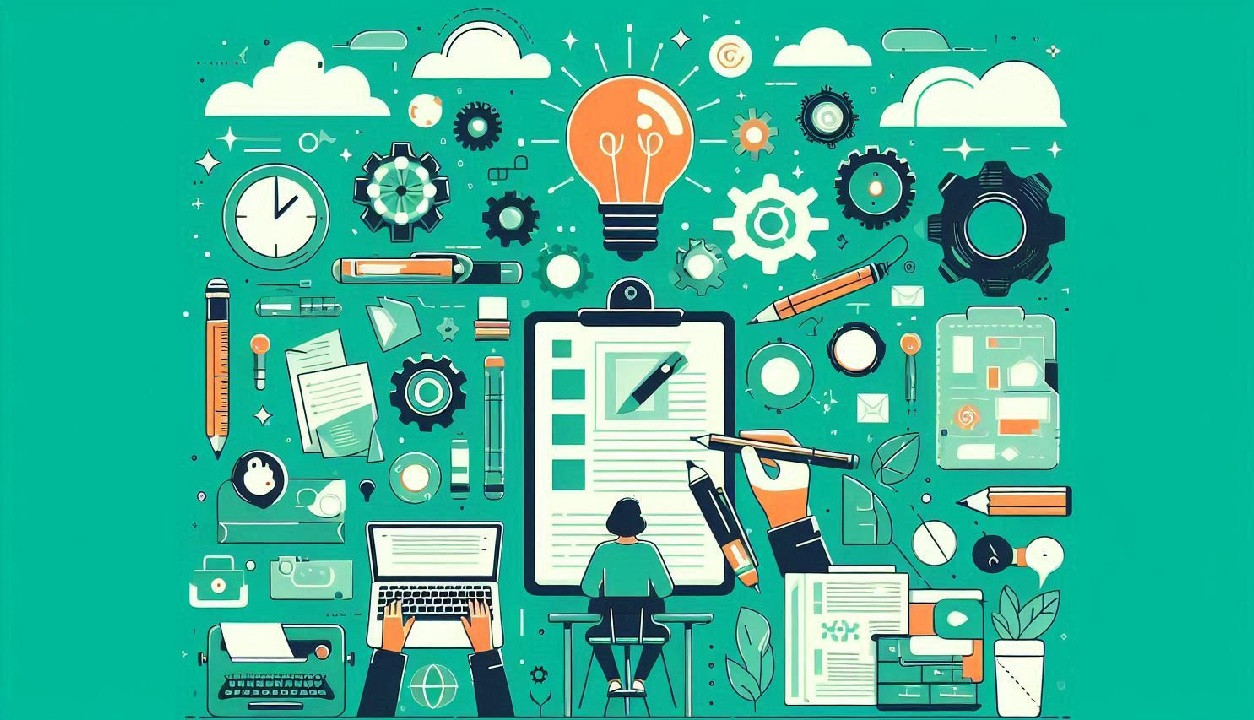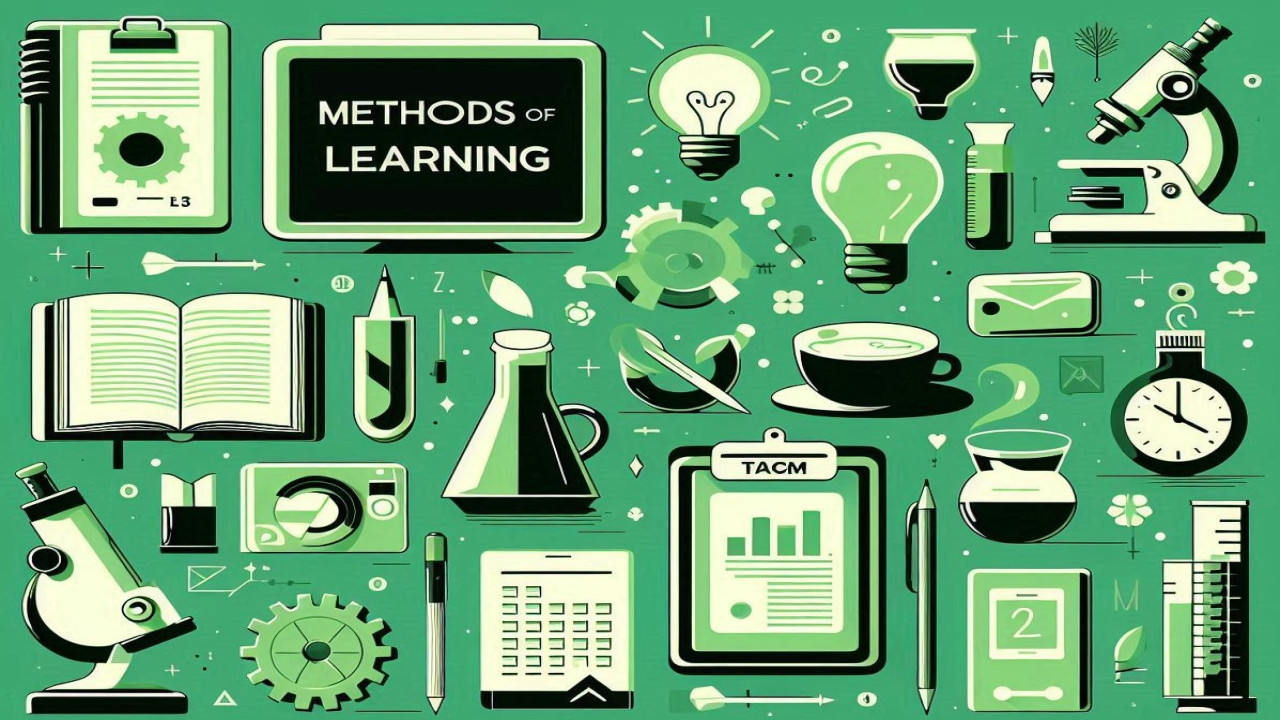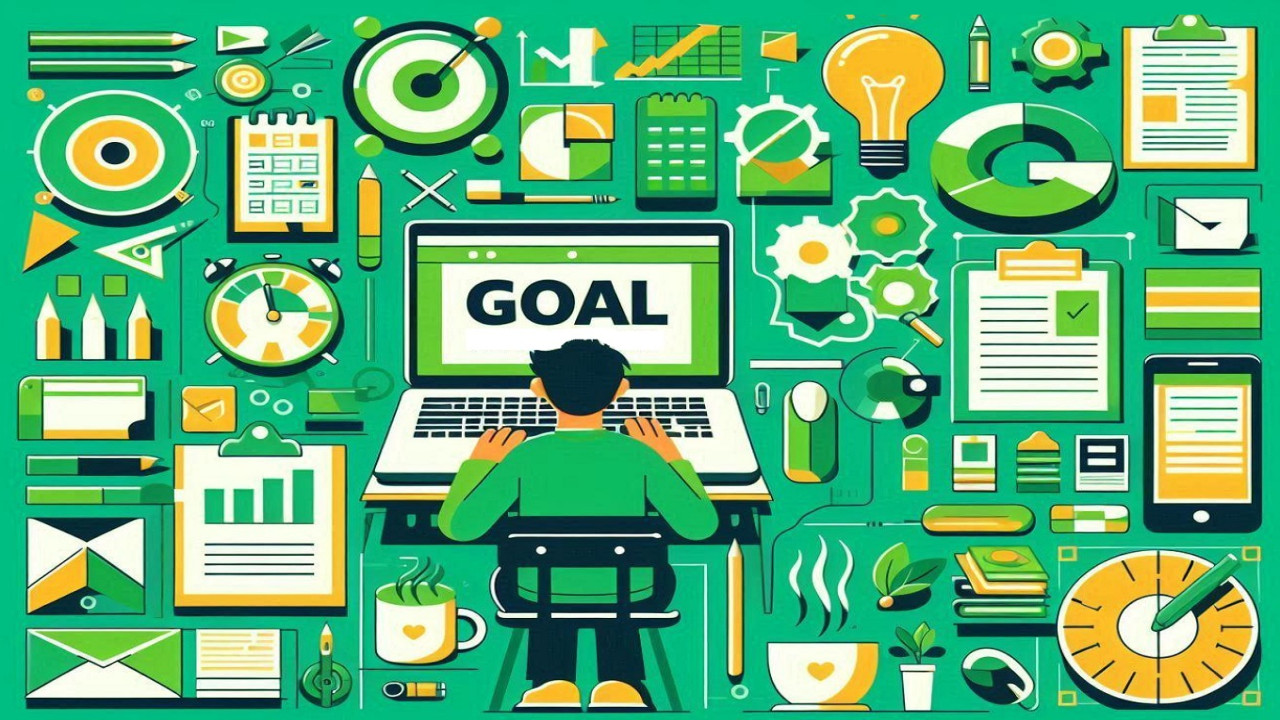5 Focus Techniques to Eliminate Distractions and Work Smarter
Whether you're preparing for an important exam or facing a deadline for a proposal – motivation and focus are the keys to success. But how can you stay concentrated and productive even under pressure? In this article, I’ll introduce you to five proven work techniques that will help you achieve your goals efficiently. You'll also learn about the origins of these methods, how they came about, and when they are best used.
Effective Work Techniques
1. The Pomodoro Technique
Time management is a central factor in productive work. We often get lost in long work sessions, leading to fatigue and decreased concentration. The Pomodoro Technique helps maintain focus in short intervals.
Origin:
This technique was developed in the 1980s by Francesco Cirillo. The name comes from a tomato-shaped kitchen timer ("Pomodoro" in Italian) that Cirillo used to track his time.
How it works:
- Work on a task for 25 minutes with full concentration.
- Take a 5-minute break.
- Repeat this cycle four times, then take a longer break of 15-30 minutes.
When to use:
This method is especially suitable for tasks that require a lot of cognitive energy but not necessarily long uninterrupted focus, such as studying, writing, or coding.
Advantages:
- Helps avoid procrastination.
- Increases focus through clear work intervals.
Disadvantages:
- Not ideal for tasks that require deep concentration.
- Can interrupt if you're in a state of flow.
2. Eisenhower Matrix
Not every task is equally important. Yet we often spend time on things that don’t truly move us forward. The Eisenhower Matrix helps prioritize tasks effectively.
Origin:
Named after Dwight D. Eisenhower, the 34th President of the USA. He developed this technique to manage his many military and political decisions efficiently.
How it works:
- Categorize your tasks into four quadrants:
- Important & Urgent (do immediately)
- Important & Not Urgent (schedule it)
- Not Important & Urgent (delegate it)
- Not Important & Not Urgent (eliminate it)
When to use:
This technique is particularly useful for people managing multiple projects, such as managers or freelancers who want to make the most of their time.
Advantages:
- Clearly sets priorities.
- Reduces unnecessary stress through better time management.
Disadvantages:
- Prioritization can be subjective.
- Not all tasks can be easily delegated or eliminated.
3. Deep Work Method
Many of us work in environments full of distractions. Constant notifications, emails, or social media prevent deep focus. Deep Work enables concentrated, uninterrupted work sessions.
Origin:
The concept was popularized by Cal Newport in his book "Deep Work." It describes a work style aimed at maximizing deep cognitive efforts.
How it works:
- Schedule fixed times for focused work without distractions.
- Ensure your environment is free from interruptions.
- Use noise-canceling headphones or work in a quiet space.
When to use:
Ideal for creative professionals, scientists, authors, or developers performing in-depth analytical work.
Advantages:
- Promotes intense, high-quality work.
- Increases efficiency and productivity.
Disadvantages:
- Requires discipline and a suitable environment.
- Can be difficult to get used to at first.
4. Eat the Frog
Everyone has tasks they tend to postpone. Yet often these are the ones that make the biggest difference. "Eat the Frog" means tackling the most difficult or unpleasant task first.
Origin:
This technique was popularized by Brian Tracy, inspired by a quote from Mark Twain: "Eat a live frog first thing in the morning, and nothing worse will happen to you the rest of the day."
How it works:
- Complete the most difficult or unpleasant task first.
- The rest of the day feels easier.
When to use:
Especially effective for people who frequently procrastinate or are easily distracted by less important tasks.
Advantages:
- Reduces procrastination.
- Provides a sense of accomplishment for the rest of the day.
Disadvantages:
- Can be challenging to implement at first.
- Doesn't work equally well for everyone.
5. The Two-Minute Rule
Small tasks quickly add up and drain time and energy. The Two-Minute Rule helps you handle minor tasks immediately instead of adding them to a to-do list.
Origin:
This rule was developed by David Allen, the creator of the "Getting Things Done" method.
How it works:
- If a task takes less than two minutes, do it immediately.
- If it takes longer, schedule it.
When to use:
Perfect for everyday work to quickly handle tasks like replying to emails, organizing notes, or taking care of minor errands.
Advantages:
- Prevents small tasks from piling up.
- Keeps your mind clear for more important tasks.
Disadvantages:
- Can lead to getting lost in minor details.
- Not all tasks can be done in two minutes.
Conclusion
Choosing the right work technique depends on your personality, work style, and goals. Try different methods and find out which one works best for you. With the right strategy, you can work more productively, learn more efficiently, and achieve your goals faster.








Comments (0)